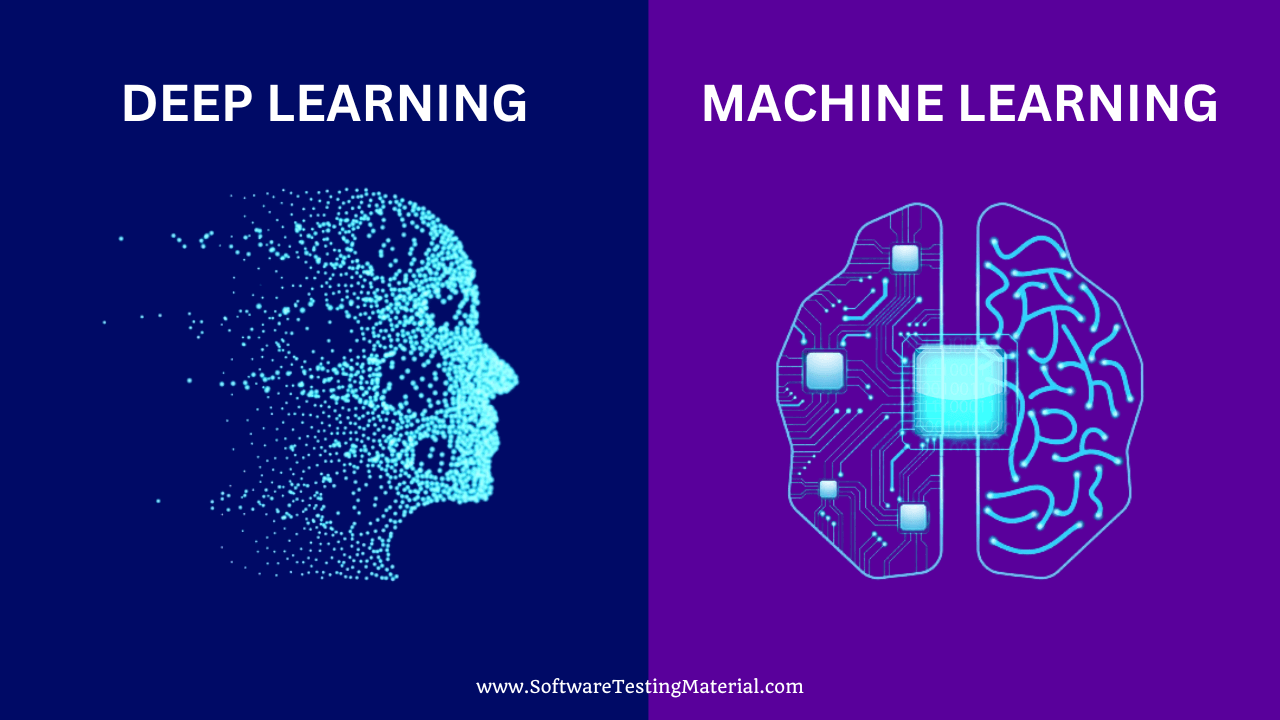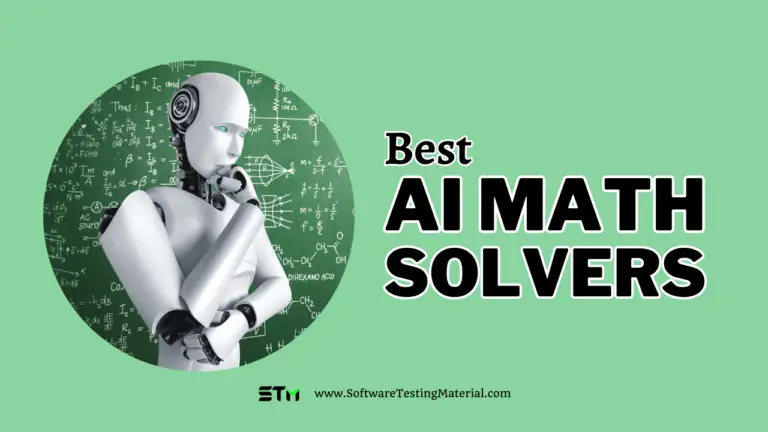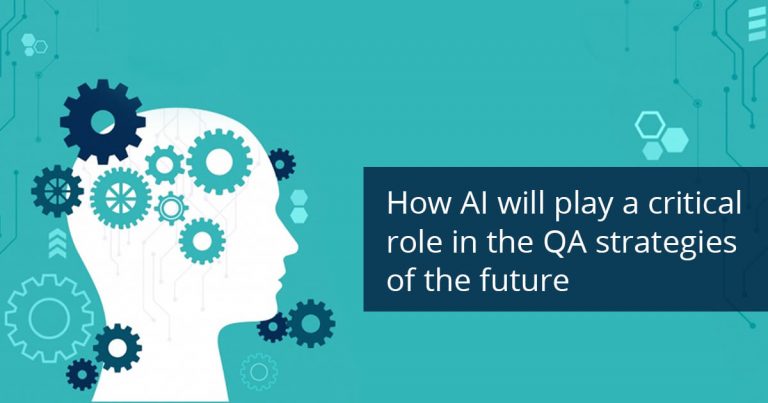Deep Learning vs. Machine Learning: What’s the Difference?
Machine learning and deep learning are specialized branches of artificial intelligence (AI), with deep learning being a more focused subset of machine learning. In this article, we will learn in detail about Deep Learning vs. Machine Learning.

What is Machine Learning?
Machine learning equips computers with the capability to think and make decisions independently, bypassing conventional educational methods like textbooks or teachers, and instead leveraging vast amounts of data. Imagine becoming an expert in painting simply by analyzing thousands of paintings. This scenario aptly illustrates the fundamental concept of machine learning.
In this process, we flood the computer with a plethora of examples—spanning images, text, and numbers—that act as its educational content. The computer meticulously analyzes this data, detecting patterns or rules within the examples. As it processes more data, its ability to recognize these patterns improves, enabling it to make precise predictions or decisions based on new, unseen data.
Take, for example, the computer’s skill in differentiating between cats and dogs after reviewing countless images of each. This ability highlights the essence of machine learning: it allows computers to learn from experiences, thereby enhancing their pattern recognition and predictive capabilities without the necessity of being explicitly programmed for every specific task.
What is Deep Learning?
Deep learning is a special type of machine learning that functions at an expert level, empowering computers to understand much more complex concepts. Imagine a scenario where computers can do more than just distinguish cats from dogs; they can identify the emotions these animals express, achieved by analyzing a vast array of images. This remarkable capability defines deep learning.
At its core, deep learning utilizes neural networks designed to parallel the functionality of the human brain, allowing for a deeper analysis of data. These networks are notable for their layered architecture, which reflects the “depth” in deep learning. Each layer enhances the computer’s understanding of increasingly complex and abstract concepts.
For example, an initial layer might identify basic shapes, like lines and circles. Delving deeper into the network, the computer gradually learns to recognize more subtle elements in the images, such as different animal breeds or even their emotional states.
In essence, deep learning enables computers to perceive and interpret the world in ways that mimic human cognition, by building on simpler concepts to grasp more intricate ideas.
Machine Learning vs. Deep Learning
| Aspect | Machine Learning | Deep Learning |
|---|---|---|
| Definition | Machine learning is a way for computers to learn from experience and make predictions or decisions based on new or unseen data. | Deep learning is a more complex subset of machine learning that uses neural networks to learn from data in a way that mimics the human brain. |
| Complexity | Relatively simpler techniques that can handle less complex data patterns. | Handles complex and large sets of data, recognizing intricate patterns through layers of learning. |
| Data Requirement | Works well with smaller datasets. | Requires massive amounts of data to perform accurately and improve over time. |
| Processing Time | Generally faster to train than deep learning models because it deals with less complex data. | Training deep learning models can take a significantly longer time because of the complexity and depth of the data being processed. |
| Applications | Common in applications like spam detection, recommendation systems, and customer segmentation. | Used in more advanced applications such as voice recognition, image recognition, and natural language processing. |
| Human Intervention | Requires more human intervention to feature engineer the data before processing. | Minimal human intervention required as it can automatically detect features from the data. |
Conclusion: Deep Learning vs. Machine Learning
In simple terms, while both deep learning and machine learning are parts of artificial intelligence, they aren’t the same thing.
Deep learning is like a more advanced version of machine learning. Think of machine learning as a smart student learning from mistakes and successes, and deep learning as an even smarter one who can understand and learn from those lessons in more depth.
The examples mentioned, like personal AI assistants, self-driving cars, wearables, and visual filters, show how deep learning is being used today to make technology smarter and our lives easier.
In summary, the difference between deep learning and machine learning is in their depth and complexity, but both are making huge strides in advancing technology.
Frequently Asked Questions
Is deep learning more powerful than machine learning?
Yes, Deep learning is more powerful than traditional machine learning models. Deep learning utilizes an artificial neural network (ANN) inspired by the human brain’s biological neural network, enabling a more effective learning process. So, it’s often better at tasks like understanding what we say or recognizing things in pictures.
What is an example of deep learning?
An example of deep learning is when your phone recognizes your face to unlock itself. This uses deep learning to learn what your face looks like from different angles and in different lighting.
Which is faster, deep learning or machine learning?
Deep learning usually takes longer to learn than machine learning because it has to process a lot more data. However, once it’s trained, it can make decisions or recognize things very quickly.
Why is DL better than ML?
DL (Deep Learning) is considered better than ML (Machine Learning) because it can learn and improve on its own by processing huge amounts of data, almost like how our human brains work. This means DL can understand complex patterns and make decisions with more accuracy than ML.
What is an example of ML and DL?
An example of machine learning (ML) is a recommendation system like the one Netflix uses to suggest movies you might like based on what you’ve watched before. Deep learning (DL), on the other hand, is used in self-driving cars to help them recognize objects on the road, like other cars and pedestrians.
Is ChatGPT a deep learning model?
Yes, ChatGPT is a deep learning model. It learns from a vast amount of text data to understand and generate human-like replies.
Related posts:
- Types of AI – Weak AI vs. Strong AI
- Best Artificial Intelligence Software
- Best AI Essay Writers for Original, Quality, Undetectable Essays
- Best AI Math Solvers for Instant Math Solutions
- Best Ways To Build A Career In Artificial Intelligence
- How AI Play A Critical Role In The QA Strategies Of The Future
- AI & IOT Are The Practical Enablers Of Digitial Transformation
- AI in Test Automation: A Comprehensive Guide







